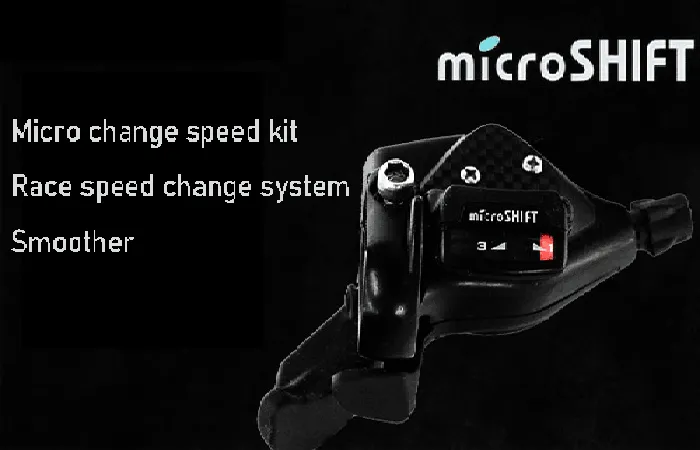9 月 . 09, 2024 08:30 Back to list
how to adjust front derailleur on mountain bike
How to Adjust the Front Derailleur on a Mountain Bike
Adjusting the front derailleur on a mountain bike is an essential maintenance task that ensures smooth shifting and optimal performance. Proper adjustment can enhance your riding experience by allowing quick gear changes and preventing chain drops. Here’s a step-by-step guide to help you adjust your front derailleur effectively.
Tools Needed - Phillips screwdriver - 5mm Allen wrench - Chain lubricant
Step 1 Prepare Your Bike Before you start, ensure your bike is clean and in a stable position. You may want to use a bike stand to lift the bike off the ground, making it easier to work on the derailleur. Check the condition of your chain and cassette to rule out any issues before adjusting the derailleur.
Step 2 Check the Placement The front derailleur should be positioned correctly in relation to the chainrings. The derailleur cage should sit parallel to the chainrings and be about 1-3mm above the largest chainring. Use the 5mm Allen wrench to loosen the mounting bolt and adjust its height if necessary. Tighten the bolt once the derailleur is in the correct position.
how to adjust front derailleur on mountain bike

Step 3 Limit Screws Adjustment Your front derailleur will have two limit screws “High” and “Low.” These control how far the derailleur can move in each direction. Start with the Low limit screw, which prevents the chain from dropping off the small chainring. Shift your bike to the small chainring and a smaller rear cog. If the derailleur allows the chain to fall off, tighten the Low limit screw until it effectively prevents this.
Next, shift the bike to the large chainring and check the High limit screw. Adjust it if necessary to ensure the derailleur doesn’t push the chain off the largest chainring. As with the Low limit, tighten this screw until the chain stays in place.
Step 4 Fine-Tuning the Cable Tension Once the limit screws are set, it’s time to adjust the cable tension. Shift the bike into the middle chainring and test the shifting. If the derailleur struggles to shift up or down, adjust the barrel adjuster located near the derailleur or at the shifter. Turning the barrel counterclockwise increases tension, while clockwise decreases tension. Aim for smooth, responsive shifts.
Step 5 Test Your Adjustment After making the necessary adjustments, take your bike for a test ride. Shift through all the gears to ensure smooth transitions between chainrings. If you experience any slipping or sluggishness, revisit your adjustments, as slight tweaks can lead to significant improvements.
In conclusion, adjusting your front derailleur is not just about maintenance; it enhances your riding experience by allowing seamless gear changes. With patience and practice, you can ensure your mountain bike is always ready for any trail challenge. Happy riding!
-
The Main Application Scenarios of Mountain Bike
NewsOct.29,2024
-
Suggestions for Selecting and Maintaining Mountain Bike
NewsOct.29,2024
-
Characteristics of Kids Balance Bike
NewsOct.29,2024
-
Characteristics of Baby Stroller
NewsOct.29,2024
-
Characteristics and Advantages of Mountain Bike
NewsOct.29,2024
-
Baby Stroller Purchasing Suggestions
NewsOct.29,2024
-
Suggestions for Purchasing Kids Balance Bike
NewsOct.09,2024

